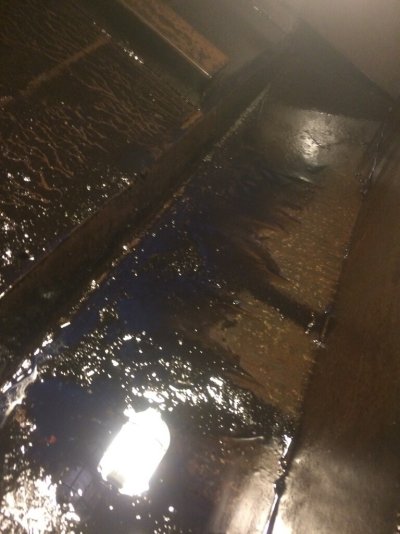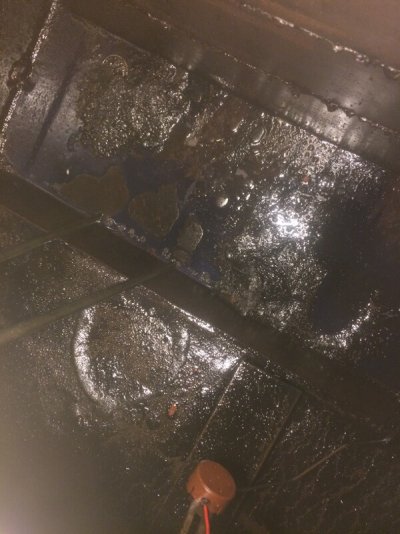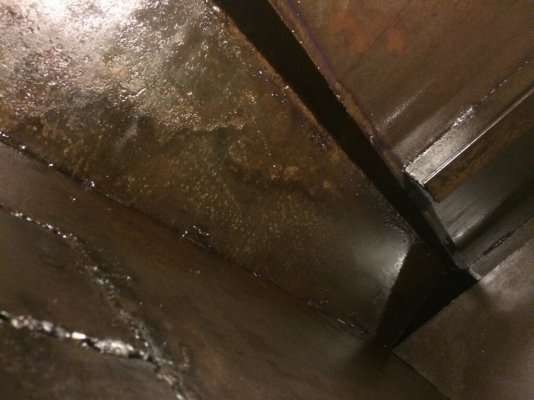So, where does this "crud" come from. Does it form over time or is a result of diesel being pumped into the tank unfiltered?
I know nothing. Most of this is ignorant conjecture. Your best course of action is to simply not read the following. If you do chose to read, keep in mind that it is at your own peril.
It has always been my understanding that most of the problems with diesel fuel come with water contamination. When water is present, microbes can start to breed in the fuel. As they die their poor dead bodies create a sludge layer at the bottom of the tank. The best way to avoid it is to keep water out of your fuel. The best way to do that is make sure your O rings are in good shape in your fuel fills.
Once the microbes have gotten a foothold, it can be a problem to get rid of them. Getting the water out of the fuel is a good first start. This is where tank drains, water separators etc can be helpful. We all have good filtration systems to keep water and crud out of our engines, but few of us have systems that are designed (or effective) at "polishing" the fuel, ie getting the water out and filtering it really well.
If you have a big problem and your fuel is cloudy or changed color, then there may be a microbe infestation in the tank. Polishing wouldn't hurt, but if you do you really should try and clean the inside surfaces of the tank as well to remove as much of the sludge as possible. I would also hit the fuel with a large dose of biocide to kill off the microbes. That won't get rid of the sludge, but it will slow down its growth.
Then burn up that fuel as quick as you can by enjoying the boat. I would try to use it up and get the fuel level down as low as you are comfortable with. Then add a 1/4 tank of fuel along with more biocide and again use the boat a lot.
As others have mentioned, have plenty of spare fuel filters on board. It helps to have a vacuum gauge to be able to tell if your filters are beginning get clogged. It wouldn't hurt to review your filtration system as well to ensure that it is up to the challenge. Tony Athens has written some very good articles about it on the sbmar.com website. Even I can understand them.
Good luck and welcome.




